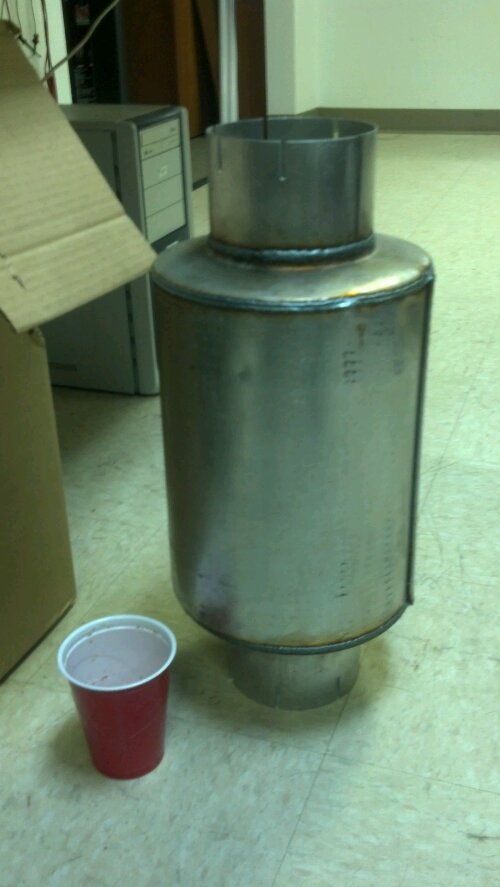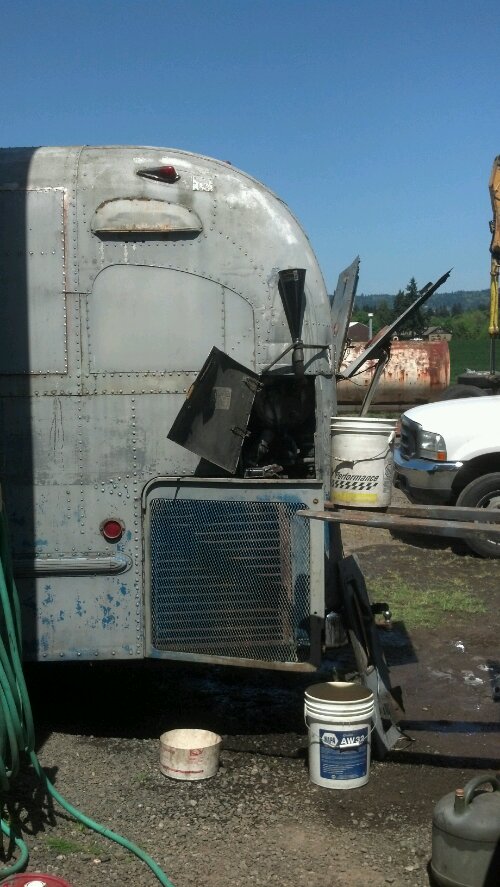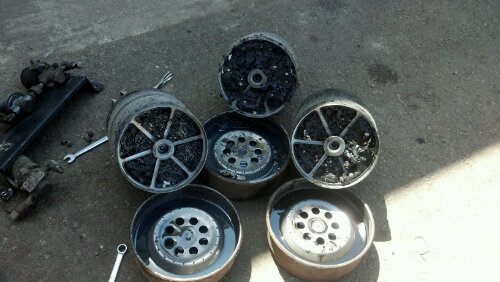So, it broke again.
On our way back from Reno, NV (working after the 4th of Juplaya Trip), we lost overdrive just before Susanville. The feeling and the sound was the same. Large pow, and left with only 1st and 2nd gear. It was the middle of the night on a road that didn’t allow safely parking a 8ft wide 35ft long bus enough to have a look-see at what just happened. I did a visual, nothing was horribly wrong externally, so we continued on.
Fast forward to this week, I’ve been preparing to remove the transmission from The Ghost to determine the fault and drop in the replacement transmission! I recently acquired another VS2-8 from a gentlemen in Kelso, WA out of a Colorado (Mountain Metropolitan Transit) New Look T6H-4523A. The clutch packs look to be in sound shape (better than mine) and the internals were EXCEPTIONALLY clean. Assuming nothing alarming rear its head before installation, this will be the future transmission for The Ghost.
The reason I pursued an entirely new transmission was two fold. First, the parts to fix The Ghost’s VS2-8 (failed round two) are near impossible to find. Secondly, there may be a compound issue with low MAIN pressure on the transmission, which could be aggravating the lack of lubrication issue. Either way, I will be installing my sensors (two temperature sensors and one MAIN pressure sensor) along with the lock for 2nd gear (for descents with Jacobs brakes and climbing large hills).
To make this new transmission work, I will need to adjust the gear end-play from 0.250″ to .050″ or less. This large gap caused a bypassing of lubrication oil of the planetary gear driven plate…eventually leading to a failure of the bearings/bushings. I will be building a small spacer to insert into the transmission stackup to close this gap and hopefully solve the problem for good. This of course is the repercussions of installing a VS2-8 (designed for a deep bellhousing 8v71) on a 6-71 (with a shallow bellhousing) with dual spacer rings.
I also learned (by acquiring my VS2-8) that the factory setup on a 8v71 uses about 1/2 to 2/3 the number of bolts to hold the transmission to the engine that I am using in my setup, WITHOUT a external support on the end of the transmission. I have already built a support (using a motor mount rubber for a Kennworth tractor) so this should be plenty of support to keep the transmission attached to the engine.
Outside of adding this spacer, and re-installing with the new transmission, things should go rather smoothly. I recovered all of my old (undamaged) fluid so I could put it into the new transmission. This is similar to the fluid required for wet clutch driven heavy equipment (like bulldozers).
Over the next few days I should have the spacer built and be back to re-installation. Hopefully everything is ready for a shakedown run to NorthWestMogFest 2012 then shortly after down to BurningMan 2012!
Thanks for checking in!











